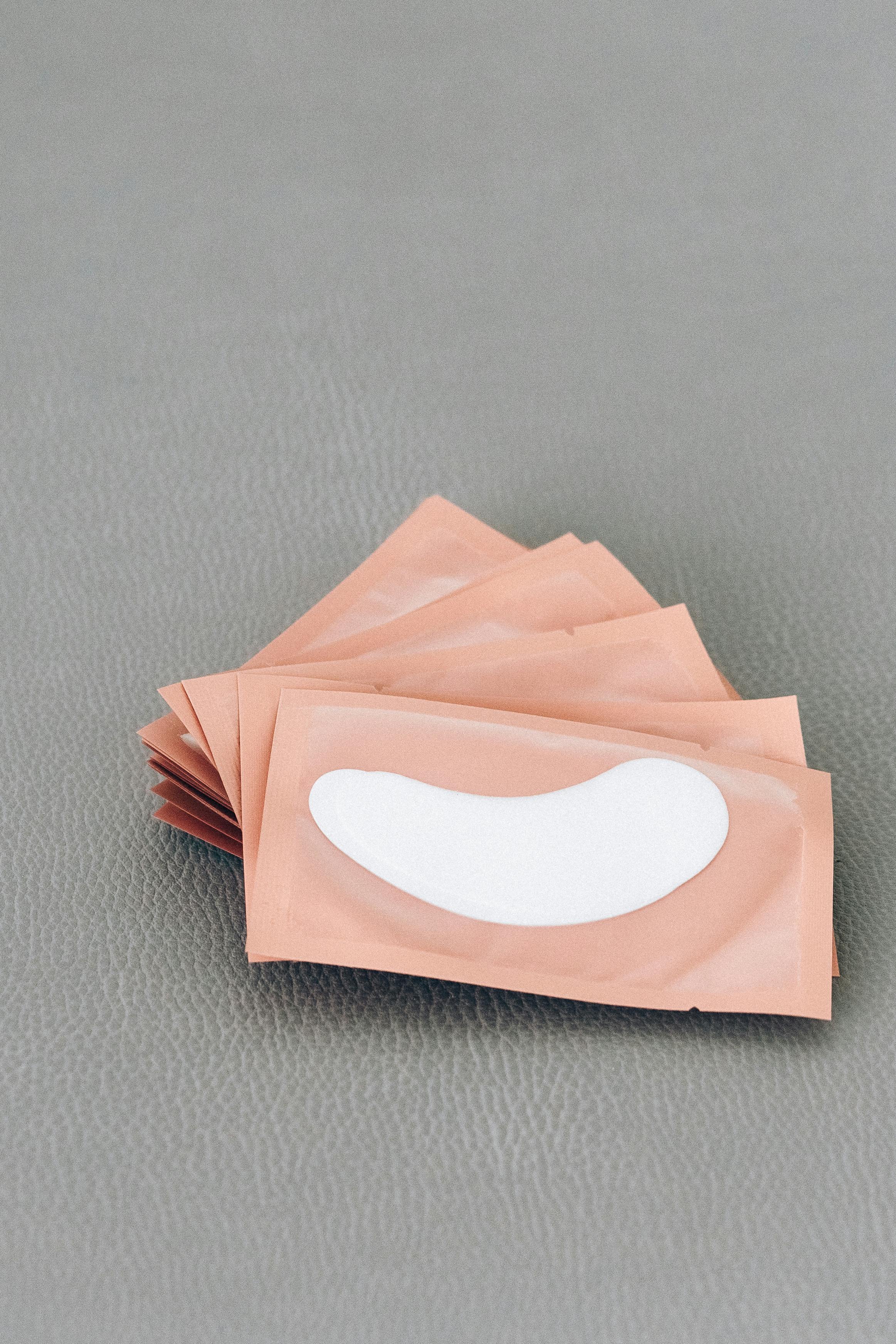Effective Ways to Remove a Splinter Fast in 2025
Dealing with a splinter can be a frustrating experience. It not only causes discomfort but can also lead to infections if left untreated. Understanding how to remove a splinter effectively is crucial, especially for parents managing incidents with children. In this article, we will explore various splinter removal techniques that emphasize safe and pain-free experiences.
We will discuss methods such as using tweezers or needles, as well as home remedies like the hot water method and even using bread. Additionally, we’ll cover preventive care to help reduce the risk of splinters in the first place. You'll also find expert recommendations and common mistakes to avoid along the way.
By the end of this article, you’ll have a solid understanding of the best methods for splinter removal, ensuring that you and your loved ones can manage splinters effectively. Let’s dive in!
Understanding Splinters: Causes and Types
Before we jump into removal techniques, it’s vital to understand what splinters are and why they occur. A splinter typically results from wood, metal, glass, or other materials piercing the skin, leading to pain and discomfort. Recognizing the signs of a splinter is the first step in addressing the issue.
Identifying the Signs of a Splinter
Signs of a splinter include sharp pain at the site of injury, redness, swelling, and sometimes visible material embedded under the skin. Knowing how to spot a splinter early on allows for quicker responses and appropriate treatment.
Common Types of Splinters
Splinters can be categorized based on their material. Common types include wooden splinters from items like furniture or decks, metal splinters from tools, and even glass splinters from broken dishes. Understanding different types informs the best approach to removal and treatment.
Dangers of Leaving a Splinter in Place
Leaving a splinter embedded can lead to complications such as infections or abscesses. It is important to understand the potential health risks associated with untreated splinters, emphasizing the need for quick and efficient care.
With a good grasp of splinters' nature, we can now explore specific home remedies for splinter removal.
Home Remedies for Quick Splinter Removal
Many individuals prefer natural solutions for removing a splinter. We’ll evaluate some effective homemade splinter removal solutions that involve easily accessible items at home.
Using Bread for Splinter Extraction
A surprisingly effective technique involves using a soft piece of bread. Place the bread against the splinter and secure it with a bandage. After a few hours, the moisture from the bread can help pull out the splinter without pain, making it an excellent option for those wary of traditional methods.
The Hot Water Soak Method
Soaking the affected area in warm water can help soothe pain and soften the skin, which may facilitate splinter extraction. This method is particularly effective for treating minor splinters at home. Be sure to dry the area thoroughly afterwards to prevent infection.
Vinegar for Splinter Removal
Soaking the splinter in vinegar can also aid in loosening it from the skin. Vinegar has natural acid properties that may break down some materials, making it easier to remove. This is a safe and natural method that many find useful.
Effective Techniques for Pain-Free Splinter Removal
Understanding the right tools and methods for getting out a splinter ensures minimal discomfort. Let’s look into various tools and techniques available for effective splinter removal.
Using Tweezers for Splinter Extraction
Tweezers are one of the best tools for splinter removal. Ensure they’re sanitized before use, gently grasp the splinter close to the skin, and pull it out at the same angle it entered. This minimizes discomfort and reduces the risk of splinter breakage.
Removing a Splinter Using a Needle
If the splinter is deeply embedded, a sterile needle can be beneficial. Carefully pierce the skin above the splinter, and use the tweezers to pull it out. Awareness of your surroundings and maintaining cleanliness is critical while using needles to prevent infections.
Specialized Splinter Extraction Tools
There are many splinter extraction gadgets available on the market specifically designed for this purpose. These tools often have unique features to make the process even easier and are worth considering in your first-aid kit.

Taking care of a splinter properly can prevent future complications, leading to a smoother healing process. Now that we’ve covered different methods, let’s discuss essential care practices following removal.
Post-Removal Care and Infection Prevention
Proper care after splinter removal is crucial in ensuring that the area remains clean and free of infections. Here are some steps to follow for optimal splinter care.
Disinfecting the Area
After you’ve successfully removed a splinter, cleanse the wound with soap and water or an antiseptic wipe. This step is vital in preventing splinter-related infections. Ensure you dry the area before covering it with a bandage.
How to Soothe Pain from a Splinter
If pain persists post-removal, applying ice wrapped in a cloth can help numb the area. Over-the-counter pain relief, such as ibuprofen, can also assist in alleviating discomfort.
When to See a Doctor for a Splinter
While many splinters can be treated at home, watch for signs of complications. If redness, swelling, or increased pain occurs, it's best to consult a healthcare professional. Knowing when to seek help can prevent serious issues arising.
Safety Tips and Common Mistakes to Avoid
While removing splinters seems straightforward, there are common pitfalls. Understanding these can enhance safety during removal.
Safety Practices for Removing Splinters
Always use clean tools and secure the area well to avoid unnecessary injuries. When using techniques involving needles or tweezers, approach carefully to avoid pushing the splinter deeper.
Common Mistakes in Splinter Removal
One common mistake is trying to forcefully pull out a splinter that won't budge. This not only causes pain but can push it deeper. Always assess the situation and consider other methods as needed.
Creating a DIY Splinter Removal Kit
Having a splinter removal kit at home can make all the difference. Include essentials like tweezers, antiseptic wipes, bandages, and a needle. This preparation allows for efficient first aid in emergencies.

Conclusion: Embracing Effective Splinter Care
Understanding how to treat a splinter properly and knowing various splinter removal techniques enhances your ability to manage this common nuisance. From home remedies like the hot water method and using tweezers, you have numerous options at your disposal to ensure safe and pain-free experiences.
Additionally, understanding post-removal care and prevention strategies will help you maintain healthy skin and avoid complications. Always ensure that you have the right tools and knowledge to address splinters effectively, ensuring swift recovery and reduced discomfort.
As we engage in various activities, being informed about splinters and their management is vital. By following the guidelines outlined above, you can take action whenever needed to treat splinter injuries effectively.
Its part of generated content. Can i generate another part?